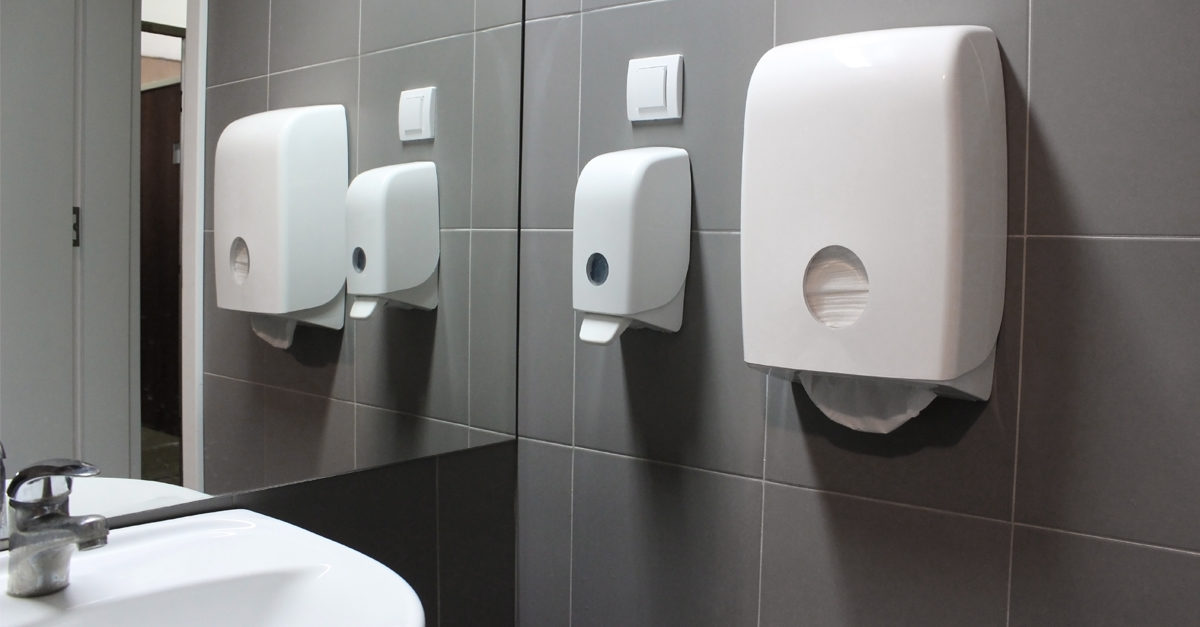Pricing paper, plastic, and hand soap can be challenging and financially risky if you don’t have a formula for accurately estimating past or future usage. The safest approach is to let your customers order and pay for these products on their own or to provide them as extras or pass-through costs with a slight markup of 2 to 5 percent for handling, purchasing, and stocking.
When customers require you to include these items in the cost, bid, or square-foot price, ask them to provide or allow access to usage and cost data from their current suppliers. If they are not forthcoming with this information or cannot provide it, you will need to add an error factor of 8 to 10 percent into your price to assure you don’t lose money providing these products.
Cost Variables
Your distributor should be able to assist you in figuring out which products may fit current dispensers and in calculating pricing and usage information. If you can’t use your customer’s existing dispensers, there will be costs associated with swapping them out. One option is to eliminate paper towels and replace them with electric hand dryers.
Common variables that impact usage and cost of disposables are:
- Product and dispenser type
- Primary building use and occupancy
- Security of stored product
- Public or private building
- Occupancy rates and building use (which are subject to change)
- Contract length
- Quantity purchased.
Additional variables that are specific to paper may include:
- Ply and thickness
- Sheets per roll
- Number of rolls per case
- Core size
- Tightness of the roll
- Square feet or sheets per case
- Uses per case.
How to Estimate Costs
There are a number of ways to approximate the usage and cost of disposables in a facility, but the most accurate way is to base your calculations on current usage data, if the customer is able to supply it. However, here are two methods that can be used as a guideline for estimating the costs of disposables when accurate numbers are not available.
Method No. 1: Annual cost per person
Determine the facility’s building occupancy, then multiply that number by US$27–$35 per person per year to calculate a cost range for toilet paper and towels.
People typically visit the restroom three times per day, and each person uses approximately two to four paper towels per restroom visit; this amounts to up to twelve paper towels per person per day. If you know how many people occupy or visit a building per day, you can calculate fairly accurately.
Method No. 2: Cost per square foot
Based on the facility’s square footage, calculate 6 to 8 cents per square foot per year for paper products.
If you don’t know the occupancy rate for a building, but you know the square footage, you can figure that on average, each person in an office building occupies about 225 square feet of office space, giving you an approximate occupancy number. Health care facilities, food service areas, and public restrooms tend to have more visitors, so you can increase your calculations by 20 to 30 percent for these types of facilities.
Importance of Storage
In addition, you may need to account for pilferage or shrinking of toilet paper, which can account for as much as 25 to 30 percent in a public building if supplies aren’t adequately secured in dispensers and storage areas.
For an in-depth look at how to calculate dispenser needs, click here.




